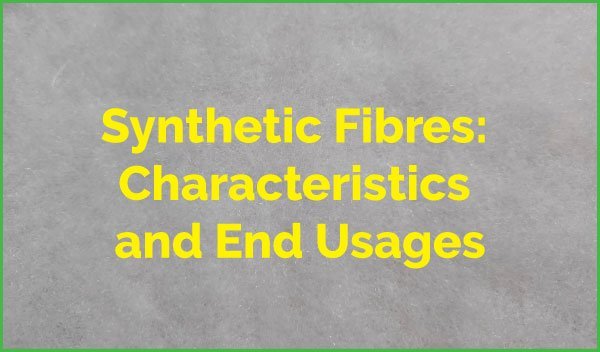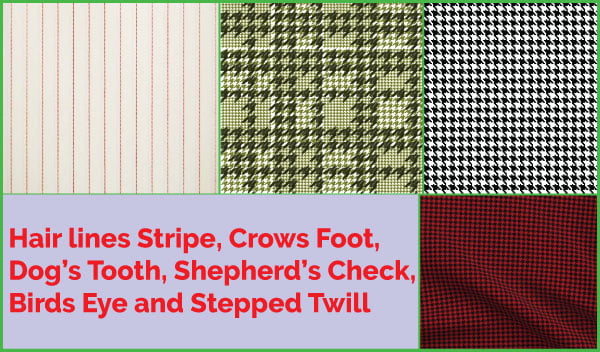Synthetic Fibres: Characteristics and End Usage
There are twelve major groups of Synthetic or manufactured fibres, eight of which are found in considerable abundance in fashion apparel, wearable accessories, and home furnishings. Each has specific characteristics that are unique and are ….. Read More






